Israel, treasure of ancient coins found in Caesarea, and a gold ring with the Good Shepherd
Major archaeological find in the maritime waters of Caesarea, Israel, where a marine archaeology survey by the Israel Antiquities Authority carried out off the coast of the city (population about five thousand, 45 km from Tel Aviv) has recovered treasure resulting from two ancient shipwrecks, including a gold ring engraved with the figure of the Good Shepherd, a well-known symbol of Jesus in early Christian art. Ship cargoes and the remains of their wrecked hulls were found scattered in shallow water at a depth of about 4 m, scattered on the sea floor.
The marine treasure includes hundreds of Roman silver and bronze coins from the mid-3rd century AD, and a large hoard of silver coins from the Mamluk period (14th century; about 560 coins, including a large quantity of smaller ribbons cut as pieces); a bronze figurine in the shape of an eagle, symbolizing Roman rule; a figurine of a Roman pantomime in a comic mask; numerous bronze bells intended, among other things, to ward off evil spirits; and ceramic vessels. Several metal objects were also discovered from the hull of a wooden ship, including dozens of large bronze nails, lead pipes from a bilge pump, and a large iron anchor broken into pieces, attesting to the strength it held out until it broke, probably in the storm.
The underwater remains include rare personal effects of the shipwreck victims. These include the exquisite and rare find of a thick octagonal gold ring with a green gemstone, carved with the figure of a young shepherd boy dressed in a tunic and carrying a ram or sheep on his shoulders. The image, of the “Good Shepherd,” is one of the earliest and oldest images used in Christianity to symbolize Jesus; it depicts Jesus as the compassionate shepherd of humanity, extending his benevolence to his flock of believers and to all humanity. This unique gold ring with the figure of the “Good Shepherd” gives us, perhaps, an indication of its owner, an early Christian.

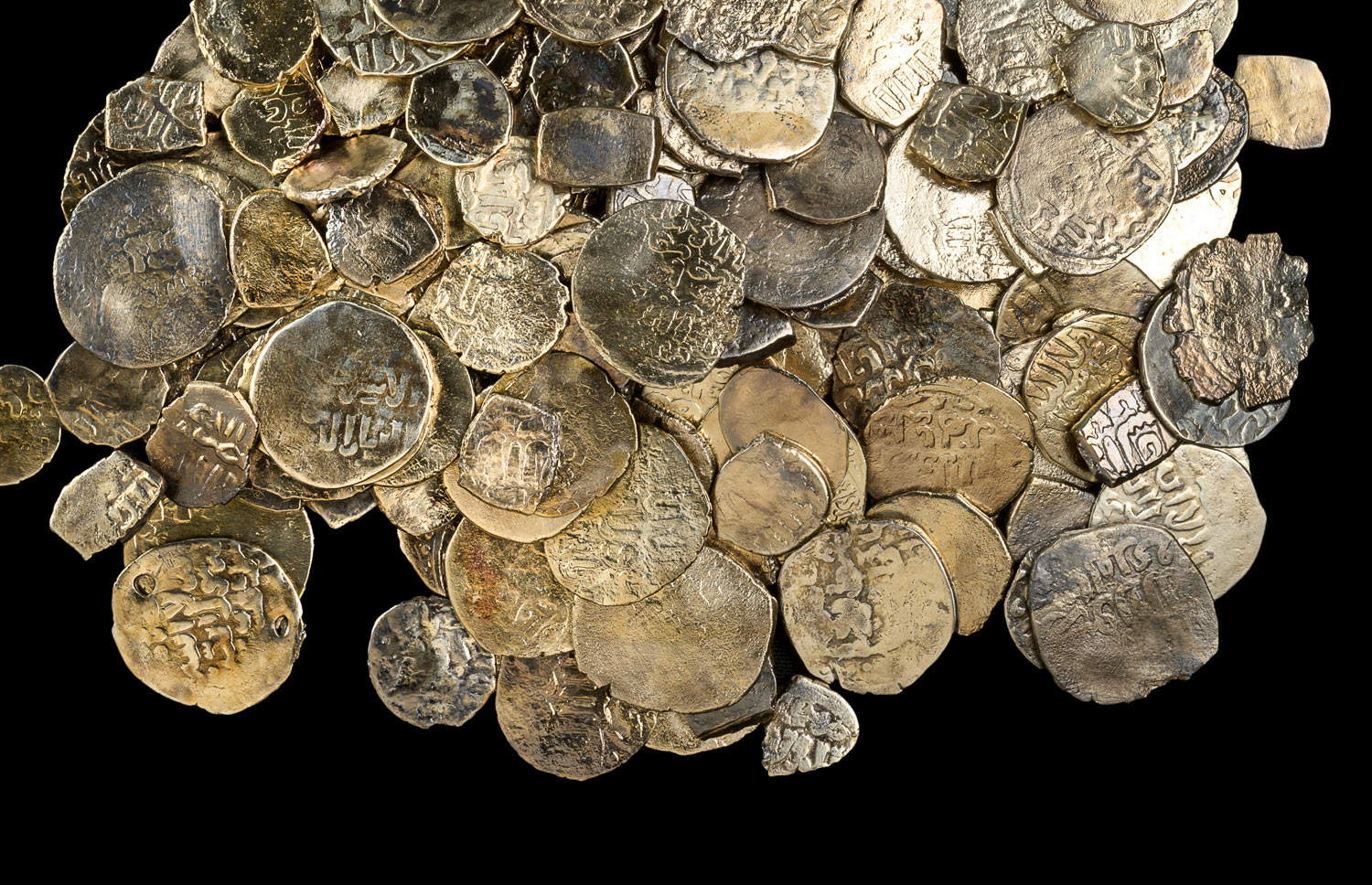
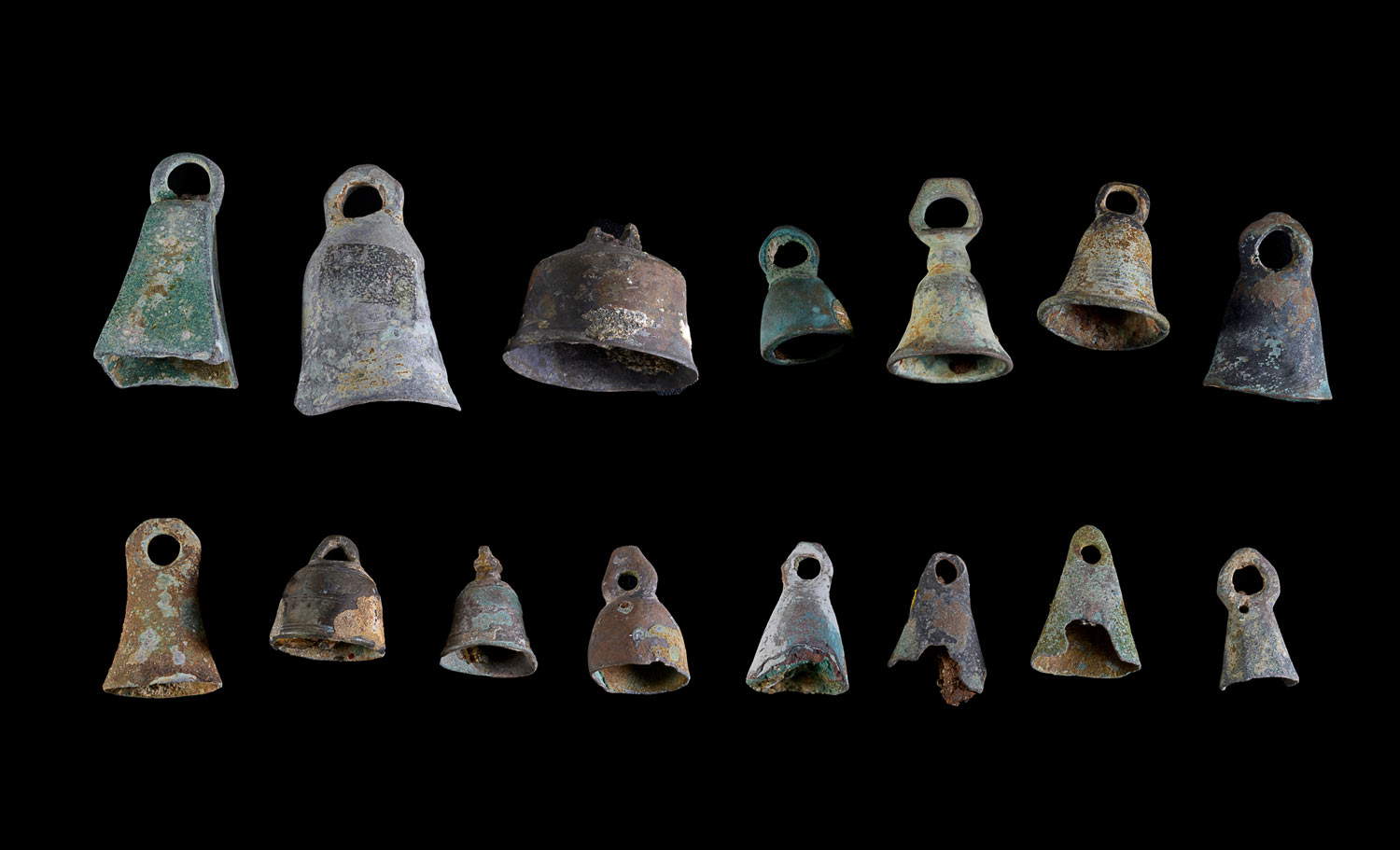
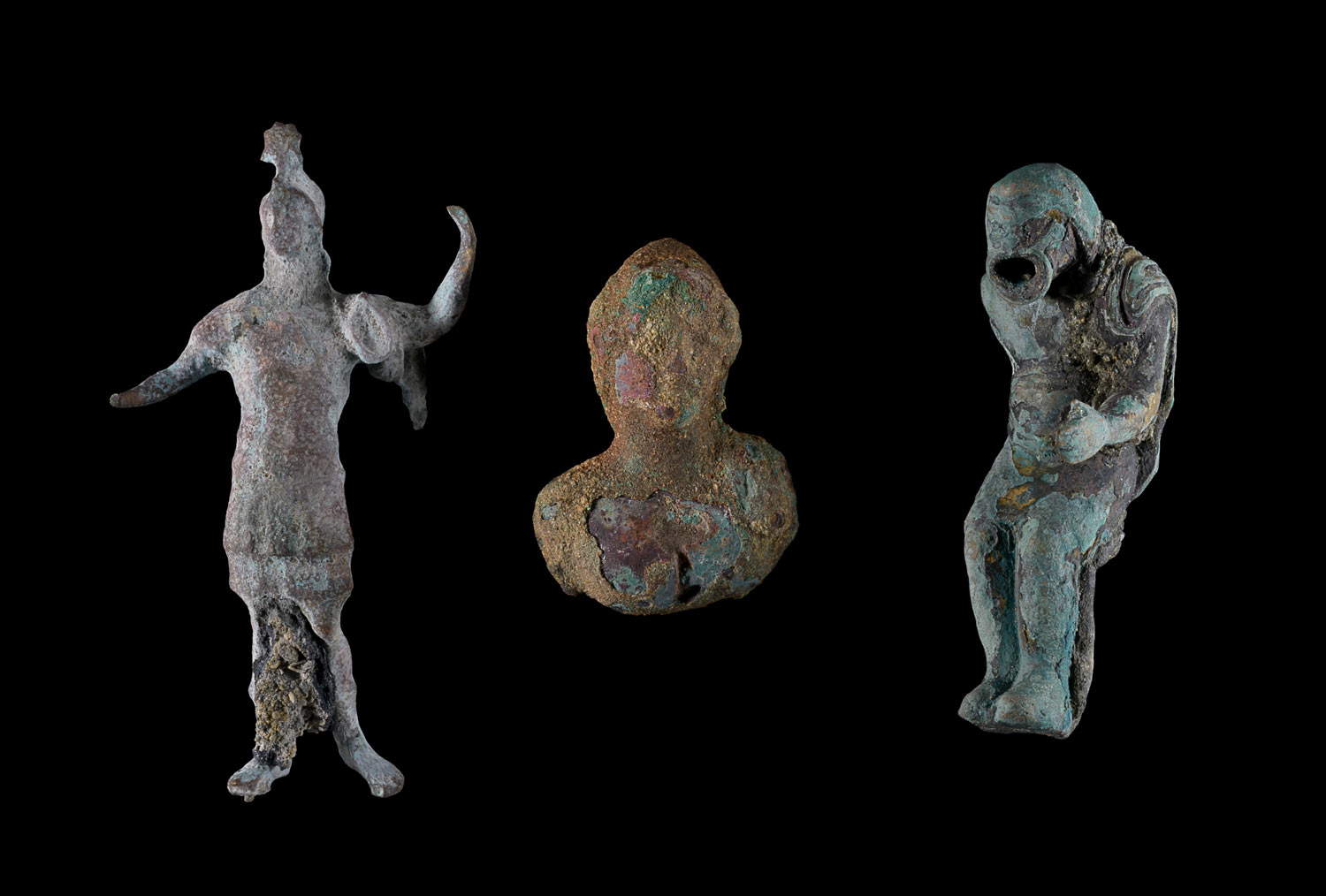

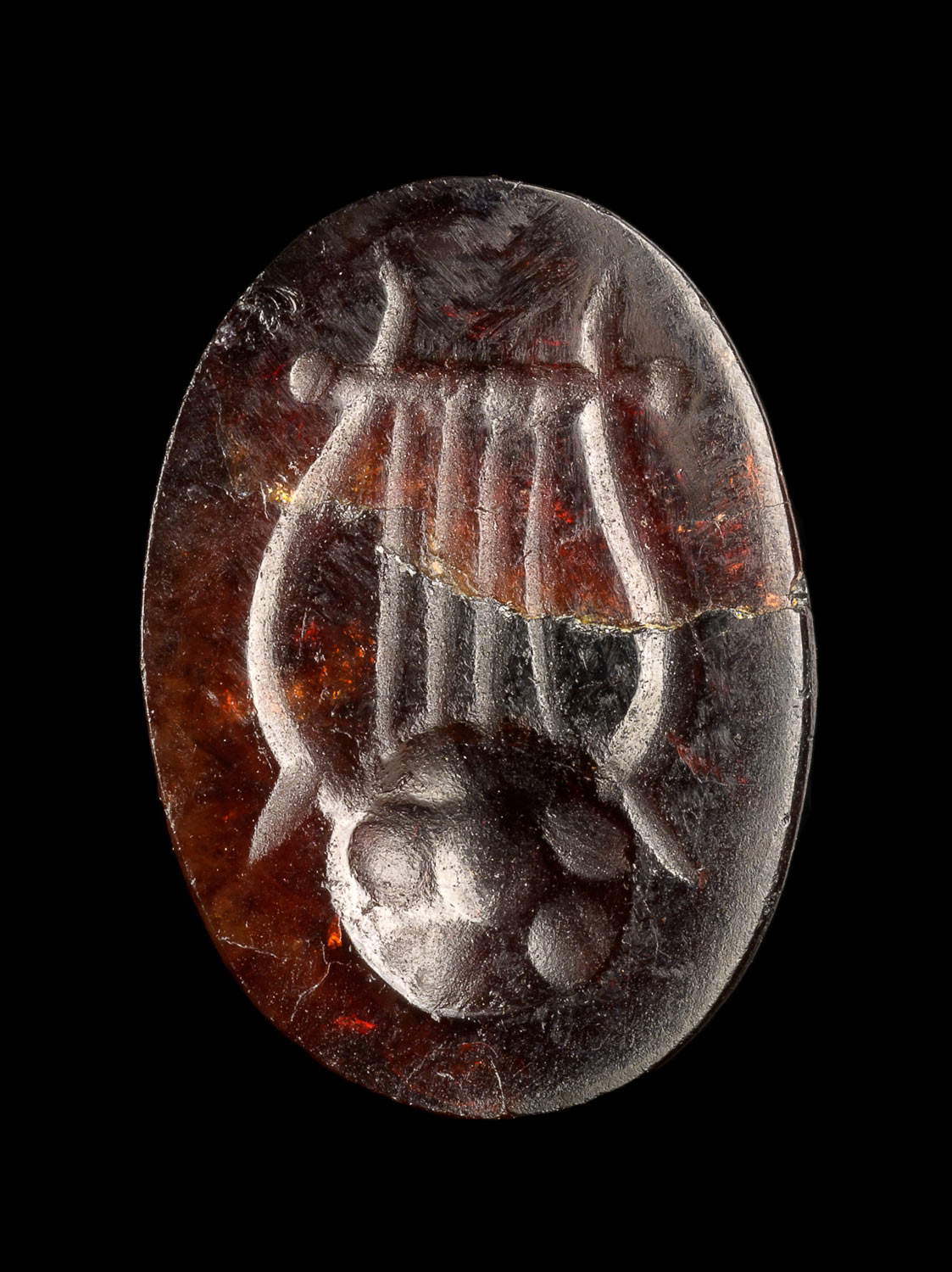
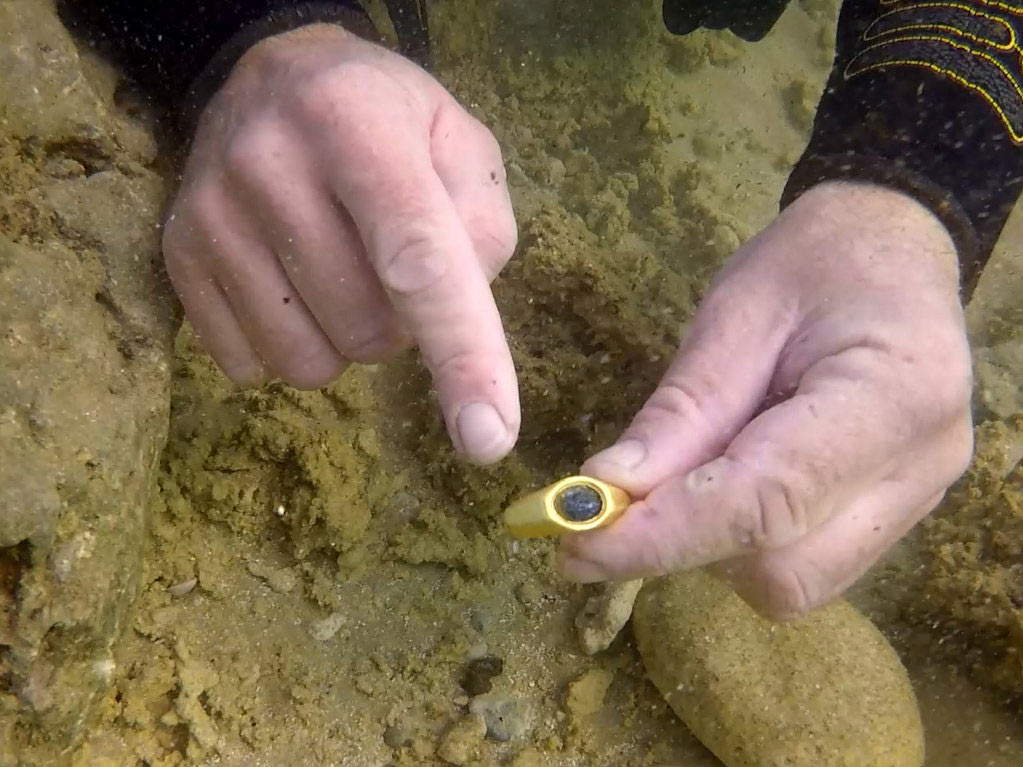 The
The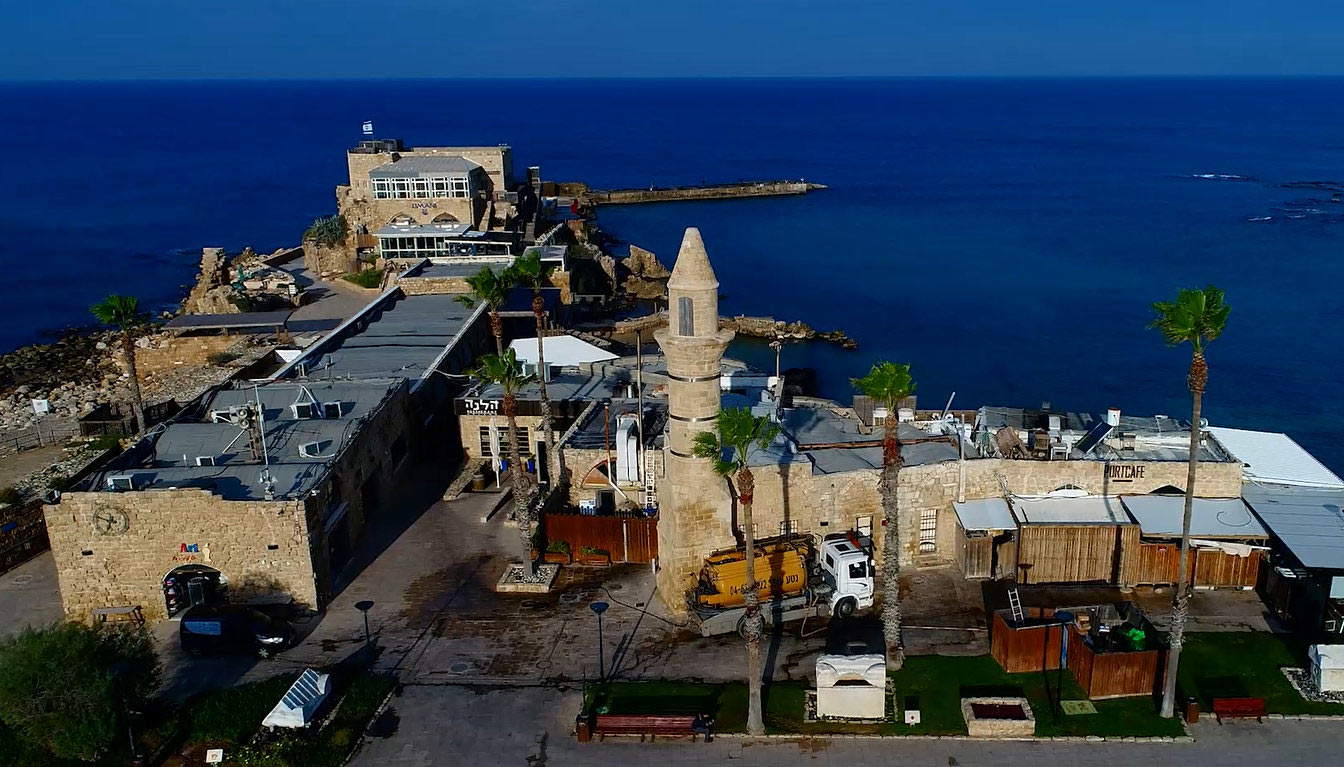
According to Jacob Sharvit and Dror Planer of the Israel Antiquities Authority’s Marine Archaeology Unit, “The ships were probably anchored nearby and were destroyed by a storm. They may have been anchored offshore after getting into trouble, or fearing storms, because sailors know that anchoring in shallow, open waters outside a harbor is dangerous and prone to disaster.”
The ring was discovered near the port of Caesarea, a place of great importance in Christian tradition. Caesarea was one of the earliest centers of Christianity and was home to one of the first Christian communities. At first, only Jews belonged to this community. It was here, according to the Acts of the Apostles, that the apostle Peter baptized the Roman centurion Cornelius in Caesarea. “This was the first case of acceptance of a non-Jew into the Christian community,” Sharvit says. “From here, the Christian religion began to spread throughout the world.”
Other findings include a red gemstone to be set in a “gemstone” ring; the gemstone carving shows a lyre. In Jewish tradition, the lyre is called Kinor David (“Harp of David”). According to the first book of the prophet Samuel (16:23), King David played his harp for Saul (“Whenever the spirit of God came upon Saul, David took his harp and played. Then Saul would be rescued; he would feel better and the evil spirit would leave him.”). The biblical kinor is generally equated with the instrument known as the “Lyre of Apollo” in Greek mythology. In Greek myth, the child Hermes made the instrument, the lyre, by deriving it from the shell of a tortoise on the morning of his birth.
According to Eli Eskozido, director of the Israel Antiquities Authority, “Israel’s coasts are rich in sites and artifacts that are immensely important national and international cultural heritage assets. They are extremely vulnerable, which is why the Israel Antiquities Authority conducts underwater surveys to locate, monitor and save any antiquities. There are many types of sporting activities along the Israeli coast, including diving, snorkeling, open water swimming and sailing, during which antiquities are occasionally discovered. We appeal to divers: if you come across an ancient artifact, take note of its underwater location, leave it in the sea and report it immediately. The discovery and documentation of artifacts at the original find site is of enormous archaeological importance, and sometimes even a small find leads to a big discovery.”
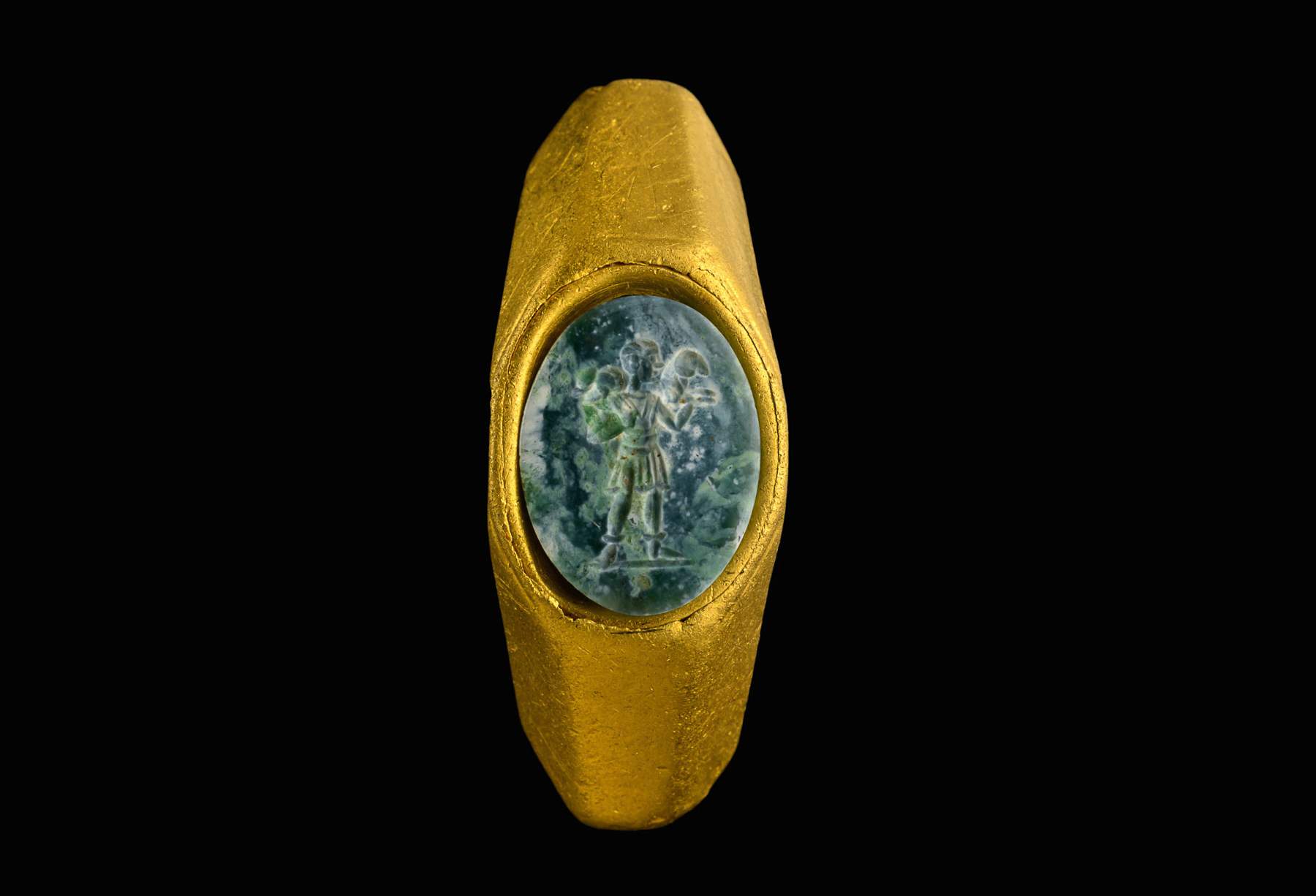 |
| Israel, treasure of ancient coins found in Caesarea, and a gold ring with the Good Shepherd |
Warning: the translation into English of the original Italian article was created using automatic tools. We undertake to review all articles, but we do not guarantee the total absence of inaccuracies in the translation due to the program. You can find the original by clicking on the ITA button. If you find any mistake,please contact us.




























